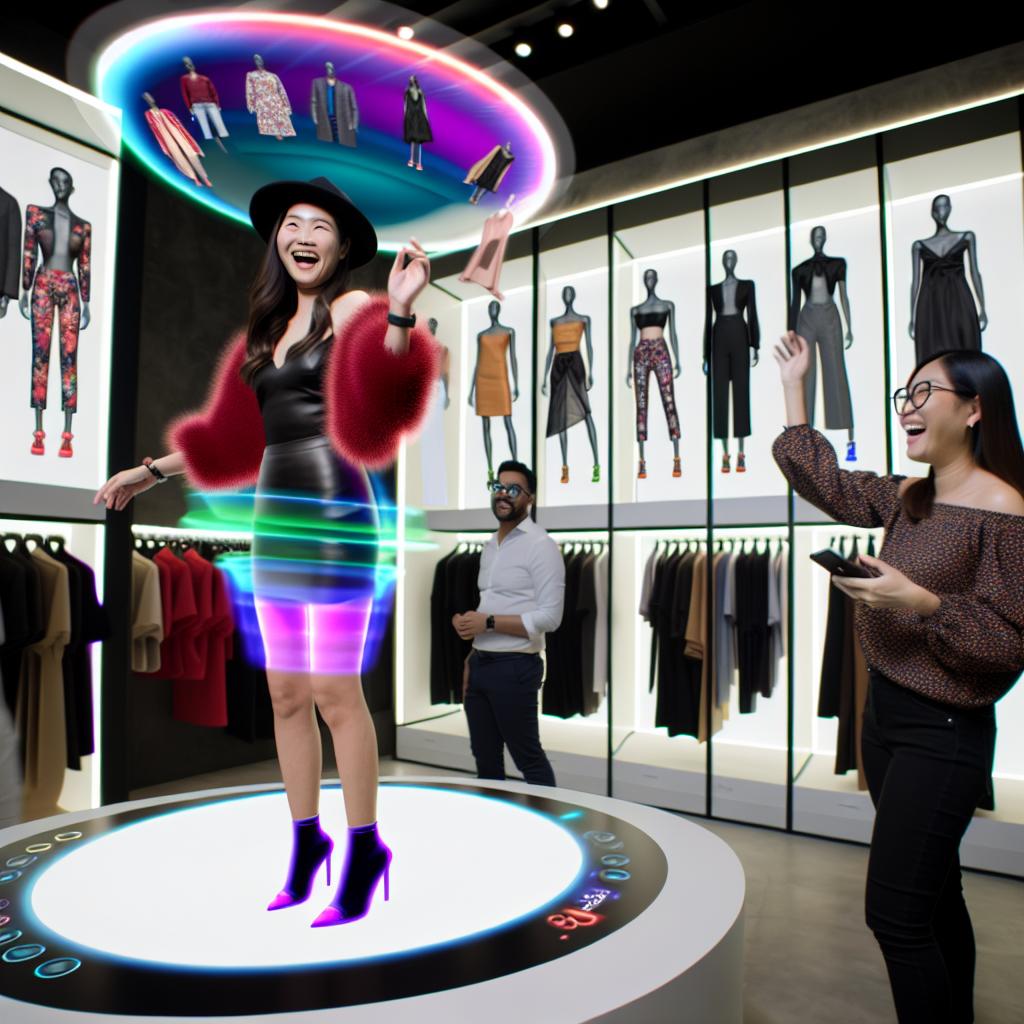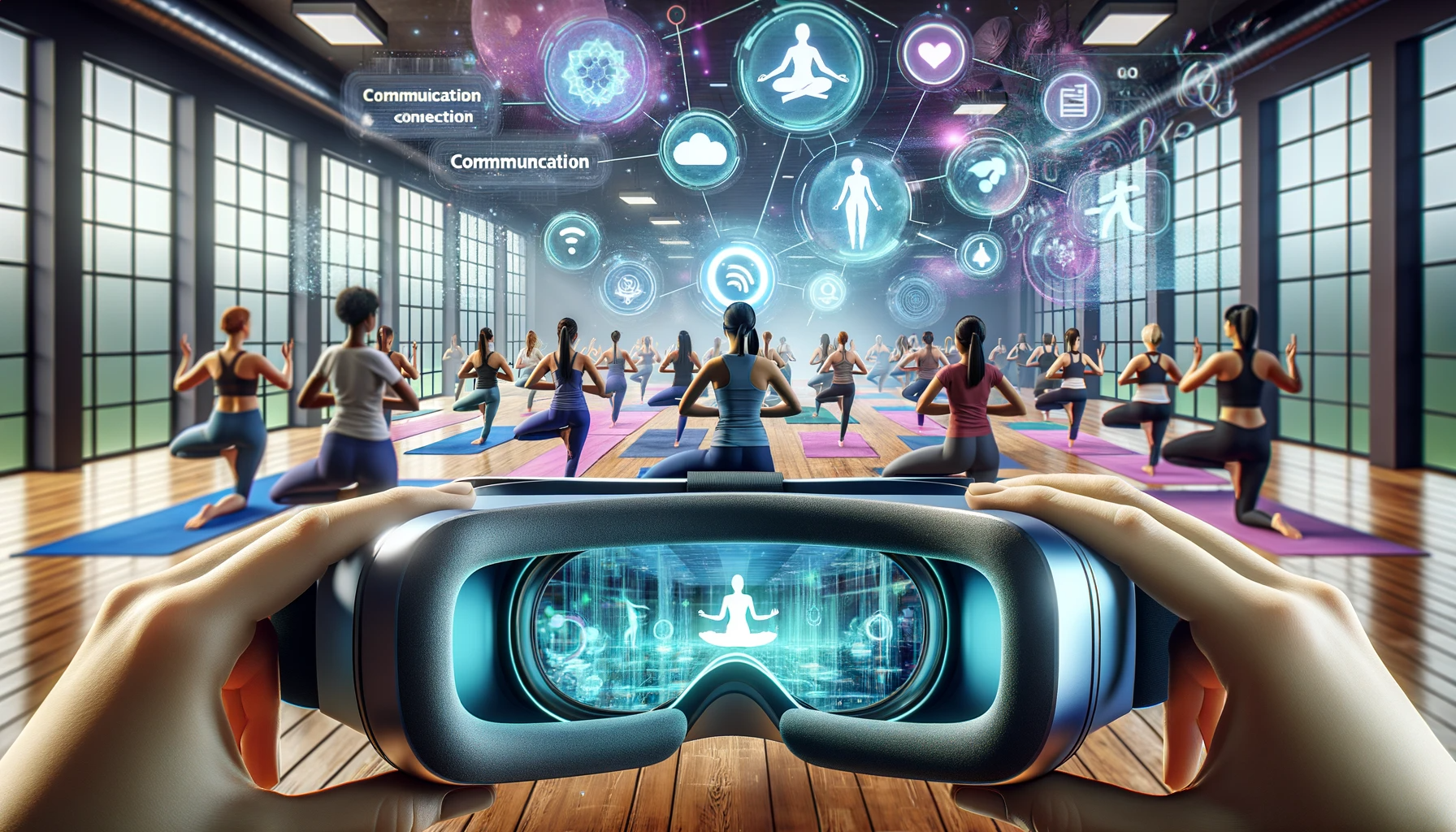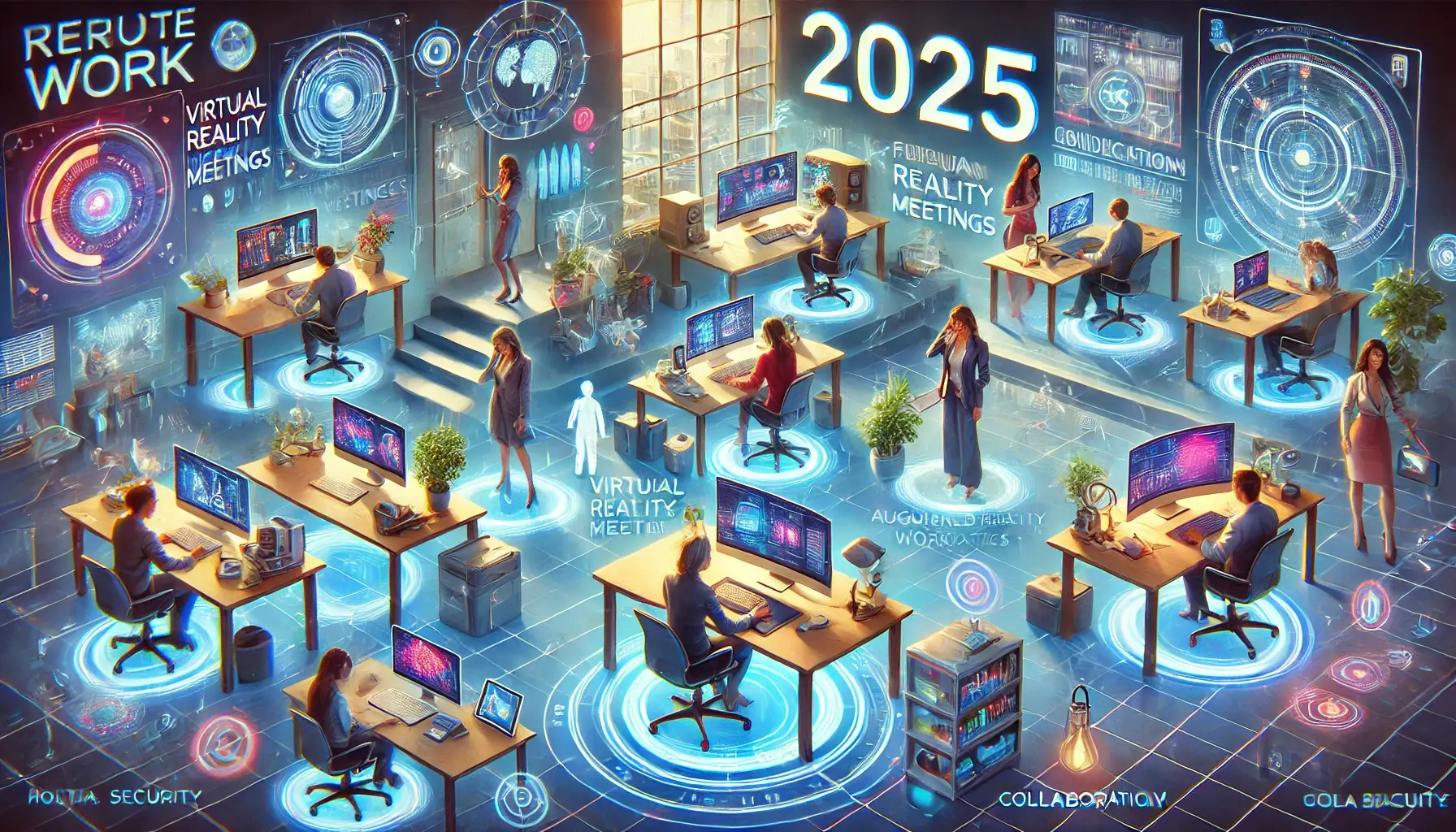Augmented Reality In Retail: Enhancing Customer Experiences

Explore how augmented reality is transforming the retail landscape by offering unforgettable, personalized shopping journeys.
Emerging Trends: The Rise of Augmented Reality in Retail
The retail sector is witnessing a significant transformation with the integration of augmented reality (AR) technologies. As consumers crave more interactive and engaging shopping experiences, retailers are leveraging AR to meet these expectations. This trend is not just a fleeting fascination; it's a strategic move that aligns with the evolving digital landscape and consumer behavior.
The adoption of AR in retail spaces has created a new paradigm where virtual and physical worlds converge. This synergy allows customers to visualize products in real-time within their own environment, thus bridging the gap between online and in-store shopping. It's a trend that's shaping the future of retail, empowering brands to offer innovative experiences that captivate shoppers and set them apart from the competition.
Creating Immersive Shopping Experiences with AR
Augmented reality is redefining the concept of immersion in retail. By superimposing digital information onto the physical world, AR creates a layer of interactivity that engages customers in a novel and memorable way. Retailers are using AR to enhance product displays, enable virtual try-ons, and provide in-depth product information without the clutter of physical signage.
These immersive experiences are not just about visual appeal; they are also about convenience and informed decision-making. For instance, customers can see how furniture might look in their home before making a purchase or try on clothes without the need for a fitting room. This level of interaction leads to a more confident and satisfying purchase, thus fostering a stronger connection between the customer and the brand.
Personalizing Customer Interactions Through Augmented Reality
Personalization is at the core of today's retail strategies, and AR takes it to new heights. Augmented reality enables retailers to tailor experiences to individual customer preferences and behaviors, creating a sense of uniqueness and exclusivity. For example, AR apps can remember past purchases and suggest complementary products, making each shopping experience feel bespoke and personal.
Beyond product recommendations, AR can also enhance the level of customer service provided. Through AR-enabled devices and applications, sales associates can offer personalized assistance and advice, adding a human touch to the technology-driven environment. This blend of personalization and augmented reality not only delights customers but also builds brand loyalty and encourages repeat business.
Boosting Sales and Customer Engagement Using AR Technology
Augmented reality has a direct impact on sales and customer engagement in the retail industry. By providing interactive and immersive experiences, AR encourages customers to spend more time with a product, which can lead to increased sales. Moreover, the novelty of AR can attract new customers and generate buzz, further driving foot traffic and online visits.
Retailers are also discovering that AR can be a potent tool for up-selling and cross-selling. When customers can visualize products in context and see how items complement each other, they are more likely to make additional purchases. Furthermore, the data gathered from AR interactions provides valuable insights into customer preferences, enabling retailers to optimize their offerings and marketing strategies.
Future Outlook: The Evolving Role of AR in Retail Innovation
The future of AR in retail is full of possibilities. As the technology matures, we can expect even more seamless and sophisticated applications that will continue to revolutionize the shopping experience. The integration of AR with other emerging technologies like artificial intelligence, machine learning, and the Internet of Things (IoT) promises to create even more personalized and adaptive shopping environments.
The potential for AR to expand into new areas of retail, such as creating social shopping experiences or enabling better inventory management, is immense. As retailers continue to innovate and push the boundaries of AR technology, the retail landscape will evolve, offering unprecedented levels of engagement, personalization, and convenience for customers.

 By
By

